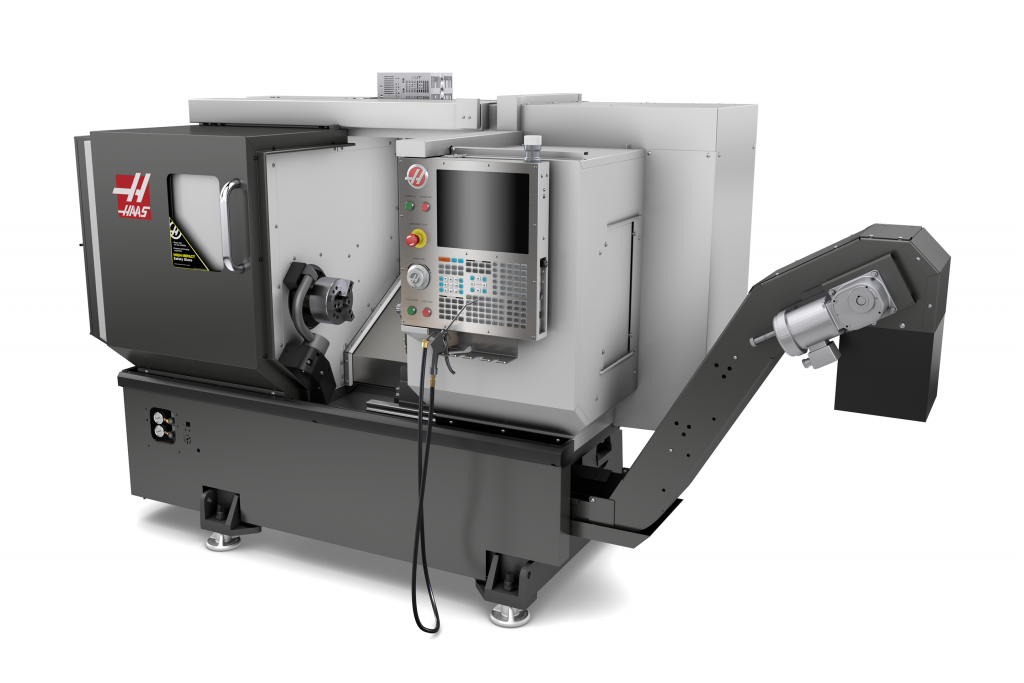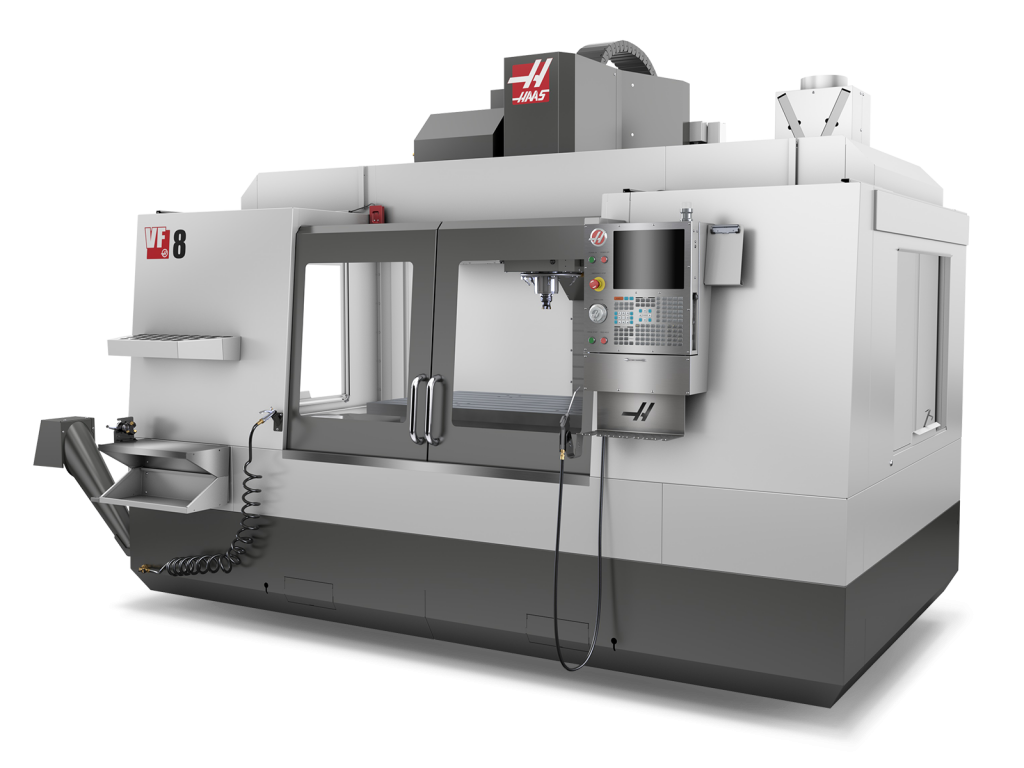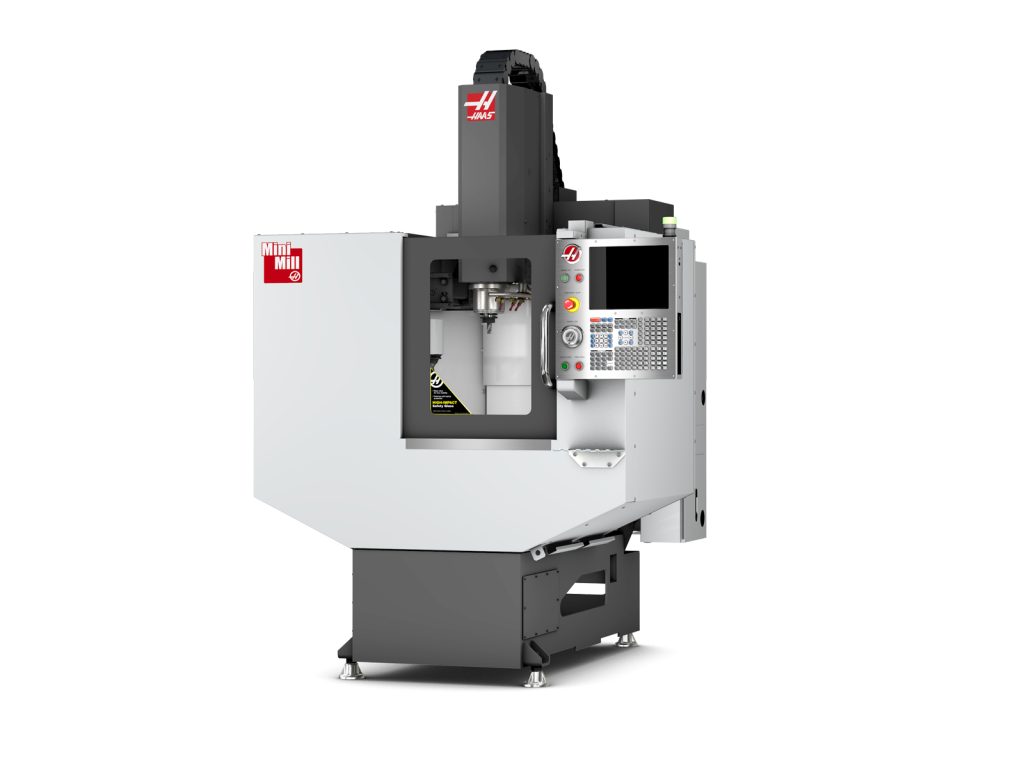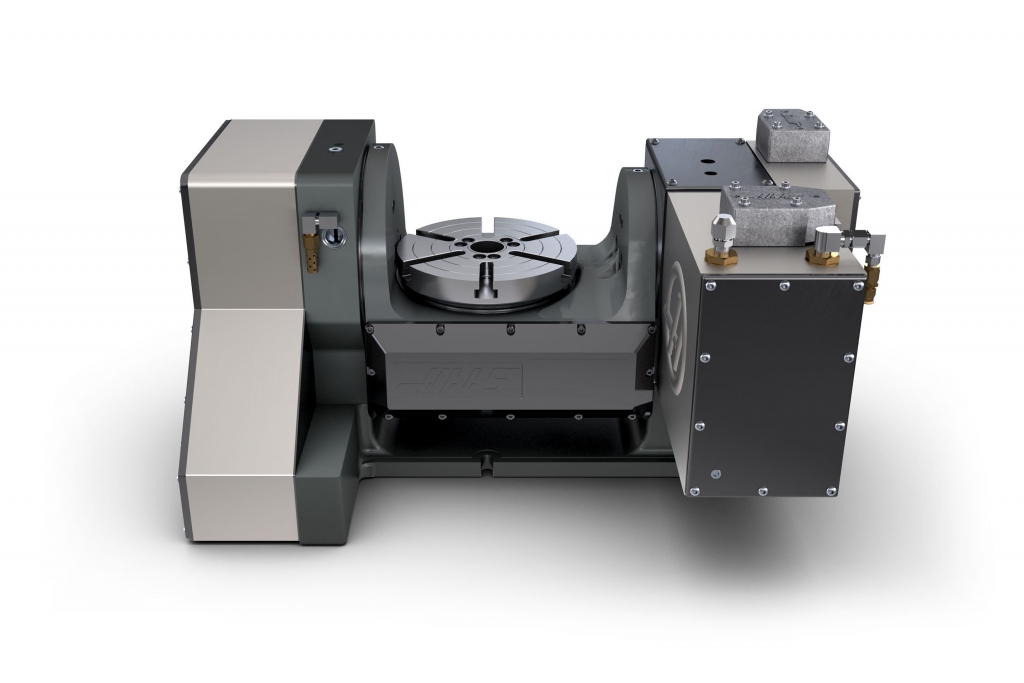Tour De Force
Have you ever watched a Formula 1 Grand Prix at Silverstone and imagined getting behind the wheel of one of those very cars; hurtling down the straight at 200 mph and at the end of the day, parking it up in your own garage?
Tour De Force Engineering make this a possibility by building, developing, supporting and maintaining modern era F1 cars for private ownership, as well as assisting race teams with the design and R&D of critical parts.
Until recently it had been considered impossible to own and run an original modern era F1 car; however TDF (as part of the TDF Heritage organisation) has changed this perception by consistently delivering race ready F1 cars in multiple configurations to suit various requirements including per KM cost and component life.
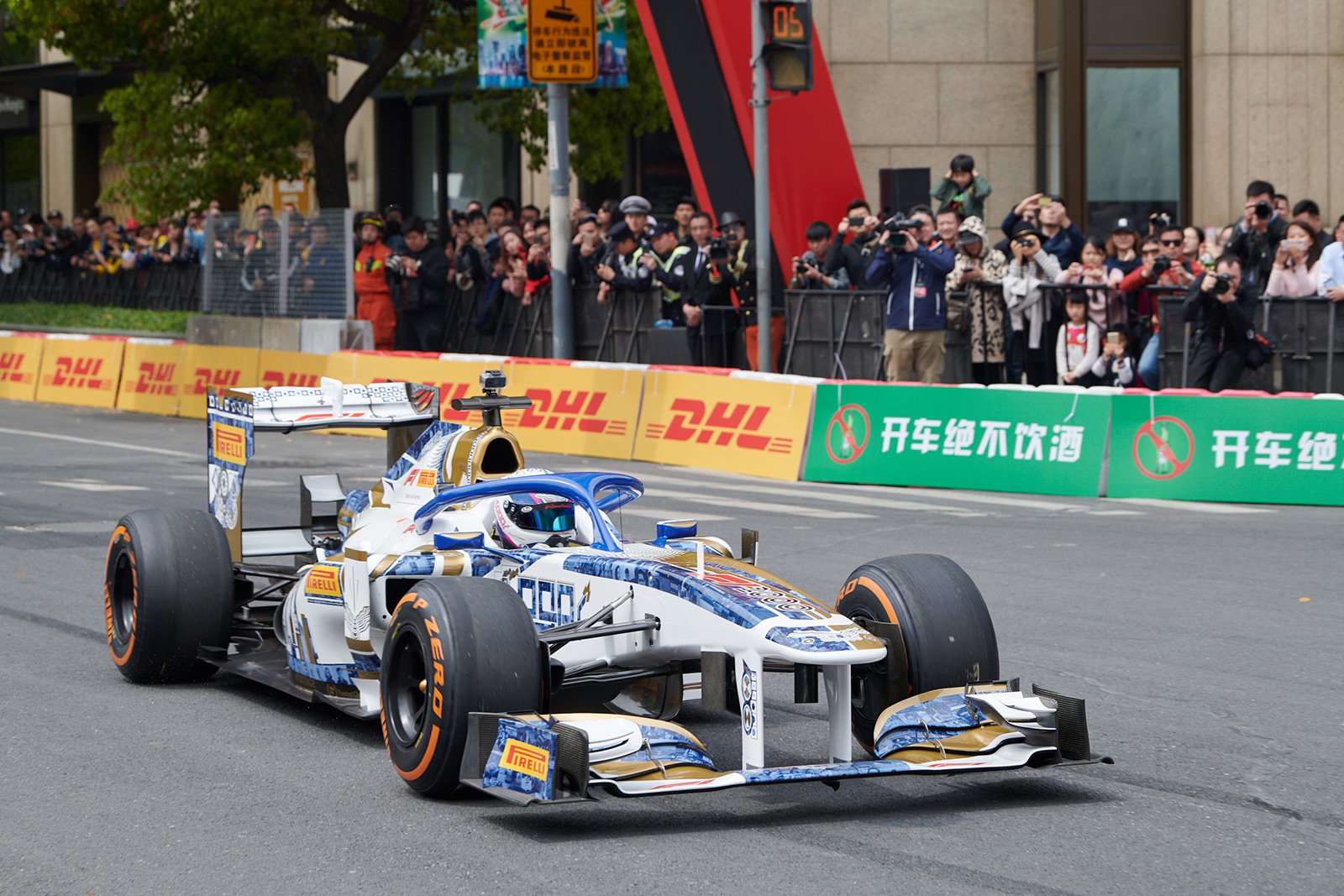
Founded in 2009 to provide specialist support to professional motorsport, TDF’s customers range from private individuals who enjoy their cars as part of the TDF Heritage ‘Fastest Club’ F1 owners group to F1 sponsors and teams who look to TDF to provide PR and demo resources with a variety of TV and films. They have supported and run over 100 cars in the past decade on four continents.
Competition vehicles range from early 80’s Turbo Era F1 cars to the most recent F1 cars it is possible to privately own. In addition, they assist OEM manufacturers with prototype builds, testing and development.
The 11,000 sq ft facilities at the Bedford Autodrome are split across two buildings on the site and includes an in-house design team, inspection facilities, car build, machine shop, logistics support and vehicle testing resource.
In 2018 TDF decided that they no longer wanted to outsource manufacture, so as to maintain control over the parts they designed. Managing Director, Matt Faulks explains why they chose to invest with Haas.
“It was a number of factors; the support Haas offered was excellent from the start, the cost, performance and lead-time of the machines and the wide range of customisation made supporting some of our more complex in-house produced parts possible.”
TDF’s first purchase was a Modular Mini Mill with coolant, software and production modules for improved finish, flexibility and a 6,000 rpm spindle.
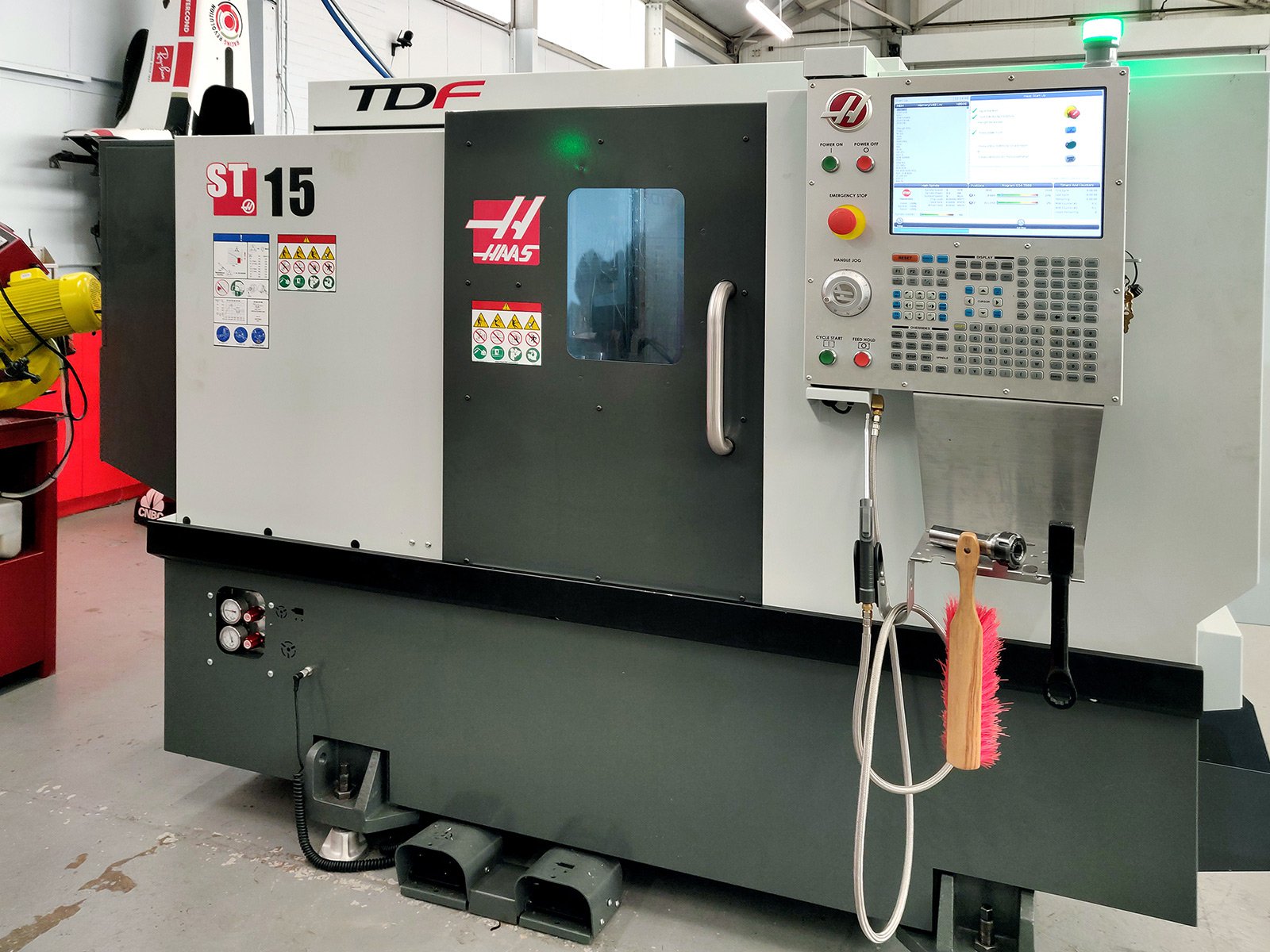
They soon added an ST-15 turning centre a few months later. The big bore lathe has a very compact footprint and features a 356 x 406 mm cutting envelope, 63.5 mm bar capacity, with 406 mm swing, a 210 mm (8.3”) chuck, a 20 hp, 4,000 rpm vector drive spindle and a 12-station bolt-on turret.
The lathe is primarily being used to make steering columns and drive shafts.
“Our requirements for the machine are unique because everything we make is a prototype. We use numerous types of tooling so the ability to change jobs without changing tooling is critical; we can swap set ups very quickly. The control is the same as on the Mini Mill so it was a straightforward step to using the lathe, and the integration with the CAD/CAM software we use; Fusion 3600, was perfectly easy. We’re producing parts with a tolerance of up to 6 microns; it’s a highly accurate machine.”
Their latest acquisition is a VF-8 vertical machining centre with a TR200Y trunnion for full 5-axis capability.
“TDF has now moved over 90% of manufacture in-house with excellent benefits in lead times, components cost and control of process. We can now go from CAD to manufacture in the same day; when we were out-sourcing the machining this could take a week.
“Putting ourselves in control has made a massive difference to the business. This would not have been possible without Haas as a supplier.”
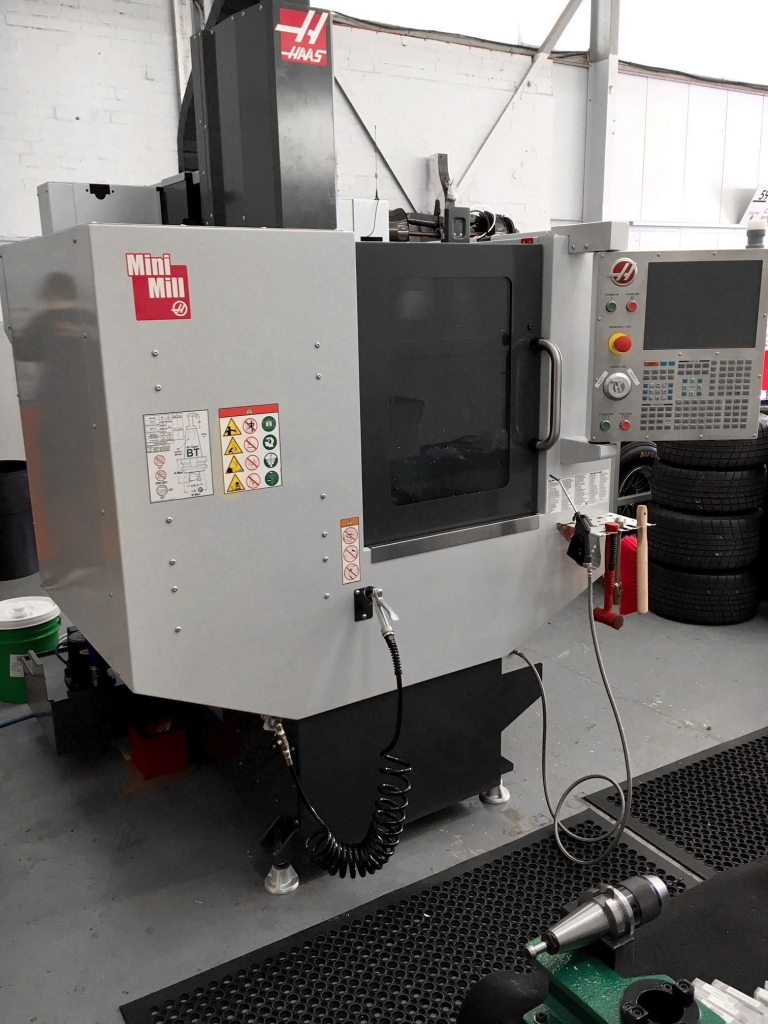
“Putting ourselves in control has made a massive difference to the business. This would not have been possible without Haas as a supplier.”
Matt Faulks – Managing Director


